York Statue on the Louisville Belvedere
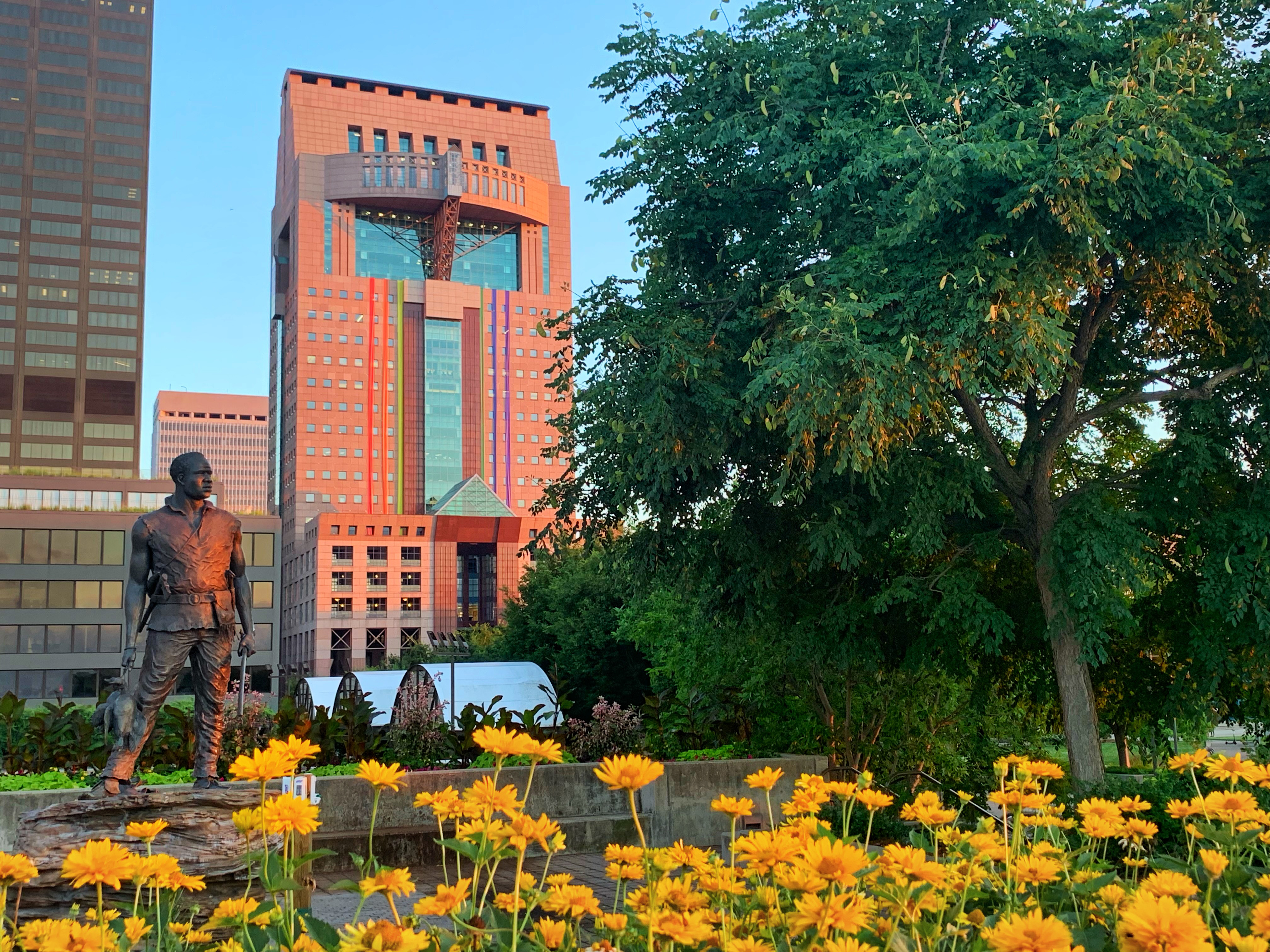
Erected and subsequently dedicated in the fall of 2003, the bronze sculpture of York, the African American man who accompanied famed explorers Lewis and Clark on their 1803 expedition of the west, is the work of nationally-renowned artist and sculptor Ed Hamilton. The 8 foot sculpture was commissioned by the city of Louisville in commemoration of the 200th anniversary of Lewis and Clark’s historical trip. It pays homage to the contributions of York, born a slave and the childhood companion of Clark, and his significant role in Lewis and Clark’s Corps of Discovery expedition from 1803 through 1806. The York Statue sits atop the Belvedere, located at the corner of Fifth & Main Streets, overlooking the Ohio River.
The following is taken from content created by the National Park Service:
Little is known about the life of York. He was an enslaved man owned by William Clark, and later became a member of the Corps of Discovery. William Clark inherited York as property when the elder Clark died, and the two were around the same age. York was one of only two members of the original Corps who was married.
York is often mentioned in the journals kept by both Lewis and Clark throughout the course of the Expedition. These journal entries indicate that he experienced freedoms that few enslaved people had, though these freedoms would be revoked upon his return to the Clark plantation.
The journals indicate that York was allowed to hunt, which was notable because African Americans weren’t generally allowed to handle guns. He became the primary caregiver to Charles Floyd, who died during the Expedition from what is believed to have been appendicitis. He risked his life to save Clark, Sacagawea, and her son when they were caught in a flash flood. York is also credited with being the first African American to have a vote equal to that of a white man. In November 1805 the Corps held a vote to decide where to camp for the winter, and both York and Sacagawea cast votes on that location.
When the Corps of Discovery returned from the Expedition, each member – except York – received double pay and 320 acres of land. York, on the other hand, returned to slavery. Clark denied York’s initial requests for freedom, recording in 1808 that:
“I did wish to do well by him. But as he got Such a notion about freedom and his emence Services…I do not think with him, that his Services has been So great/or my Situation would promit me to liberate him.”
York was finally freed sometime after 1815. With his freedom, Clark gave York a wagon and team of horses, with which York created a hauling business. By 1832, however, Clark told author Washington Irving that York’s business failed, and that he had contracted cholera and died in Tennessee. The location of his burial is unknown.

Muhammad Ali Center, North 6th Street, Louisville, KY, USA
Distance: 0.10 mi (straight line)

Kentucky Science Center, West Main Street, Louisville, KY, USA
Distance: 0.25 mi (straight line)
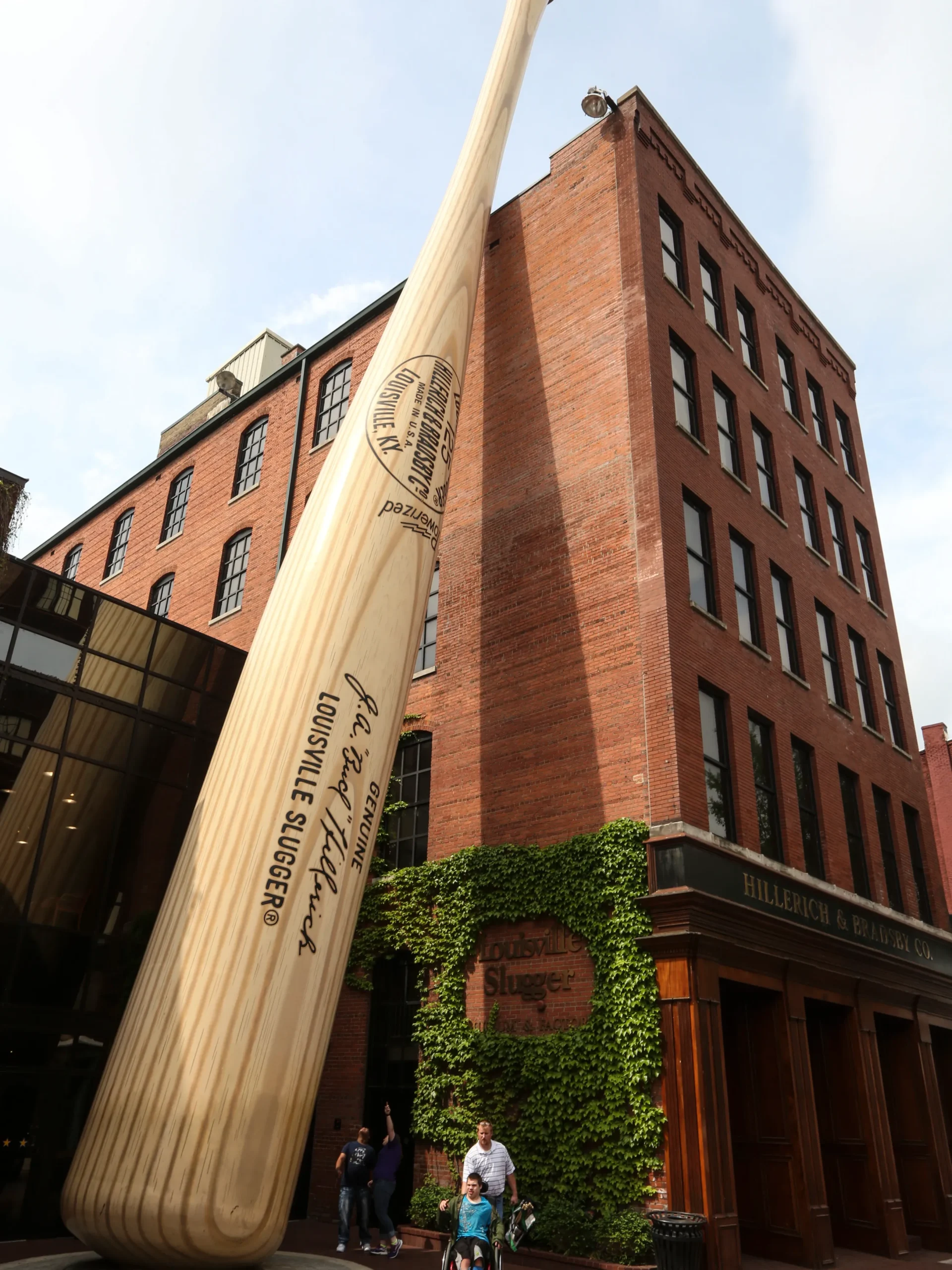
Louisville Slugger Museum & Factory, West Main Street, Louisville, KY, USA
Distance: 0.33 mi (straight line)

Frazier History Museum, West Main Street, Louisville, Kentucky, USA
Distance: 0.35 mi (straight line)

411 S 4th St, Louisville, KY 40202, USA
Distance: 0.42 mi (straight line)

Mint Julep Experiences - Louisville, West Liberty Street, Louisville, KY, USA
Distance: 0.44 mi (straight line)

OVRDRIVE: Racing Sims, Axe Throwing, VR, Rage Room - Corporate, Group & Team Building Events, West Jefferson Street, Louisville, KY, USA
Distance: 0.45 mi (straight line)

Waterfront Park, River Road, Louisville, KY, USA
Distance: 0.85 mi (straight line)

Sheraton Louisville Riverside Hotel, West Riverside Drive, Jeffersonville, IN, USA
Distance: 0.91 mi (straight line)

305 Southern Indiana Avenue, Jeffersonville, Indiana 47130, USA
Distance: 0.99 mi (straight line)

305 Southern Indiana Ave, Jeffersonville, IN 47130, USA
Distance: 0.99 mi (straight line)

Falls of the Ohio State Park, West Riverside Drive, Clarksville, IN, USA
Distance: 1.00 mi (straight line)

Schimpff's Confectionery, Spring Street, Jeffersonville, IN, USA
Distance: 1.34 mi (straight line)
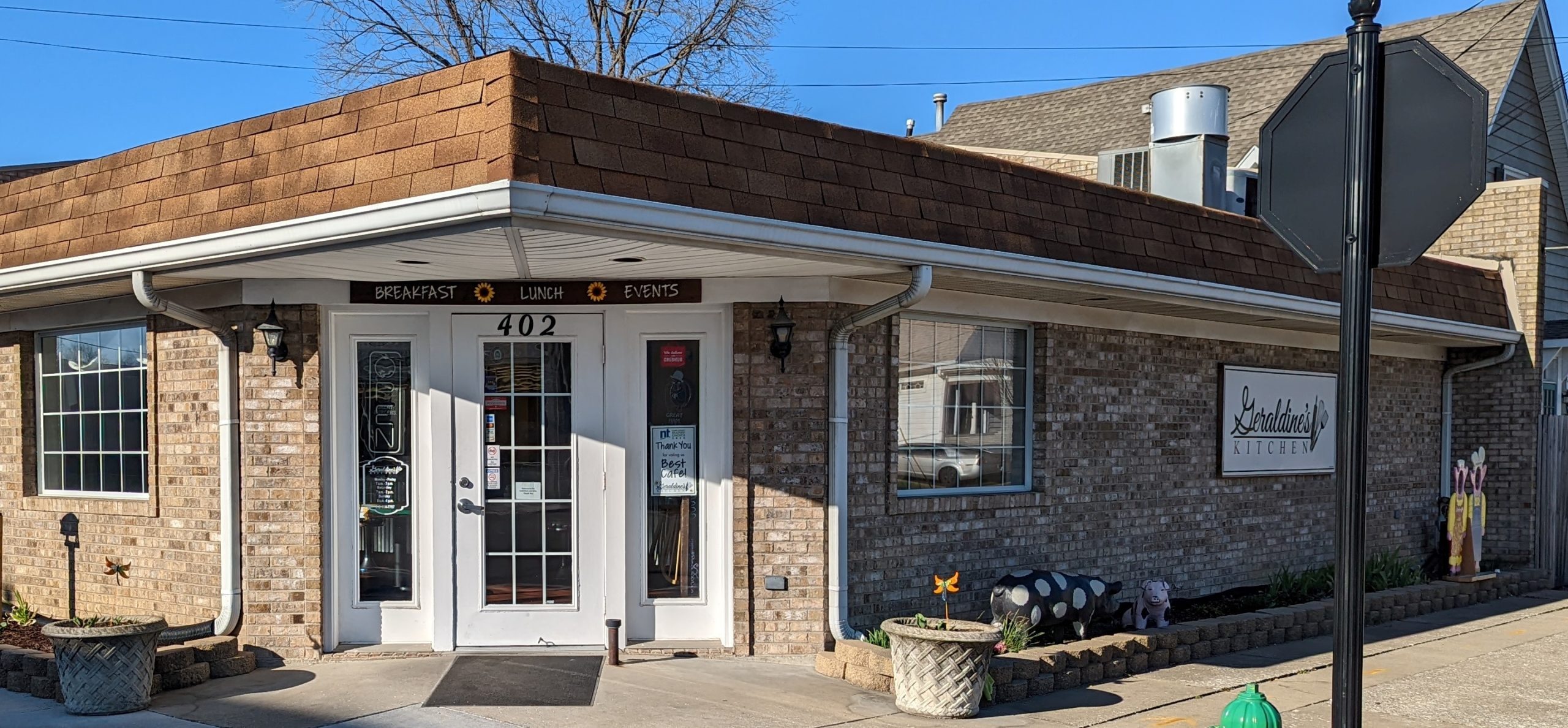
Geraldine's Kitchen, Wall Street, Jeffersonville, IN, USA
Distance: 1.45 mi (straight line)

Filson Historical Society, South 3rd Street, Louisville, KY, USA
Distance: 1.80 mi (straight line)
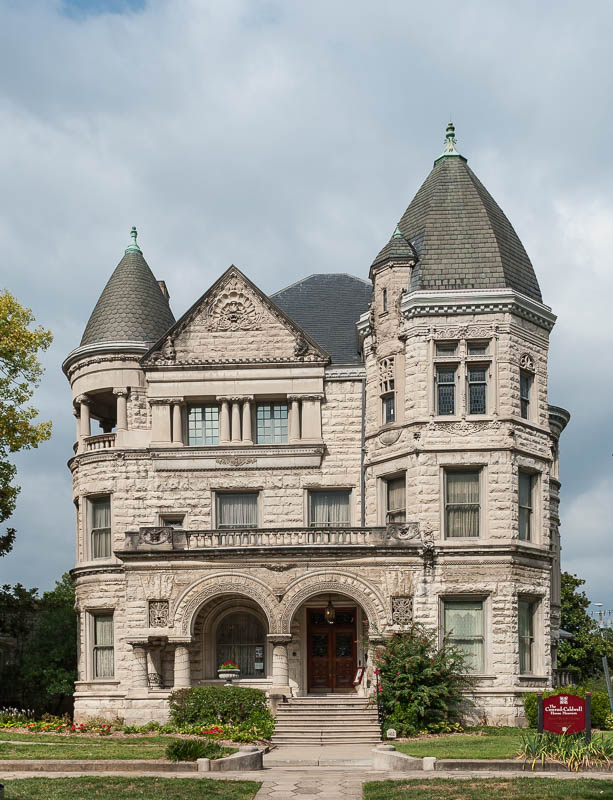
Conrad-Caldwell House Museum, Saint James Court, Louisville, KY, USA
Distance: 2.04 mi (straight line)
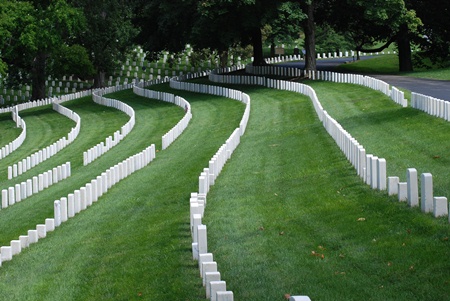
Cave Hill National Cemetery, Baxter Avenue, Louisville, KY, USA
Distance: 2.06 mi (straight line)

George Rogers Clark Homesite, Harrison Avenue, Clarksville, IN, USA
Distance: 2.21 mi (straight line)
Our bi-weekly newsletter provides news, history, and information for those interested in traveling along along the Lewis & Clark Trail.